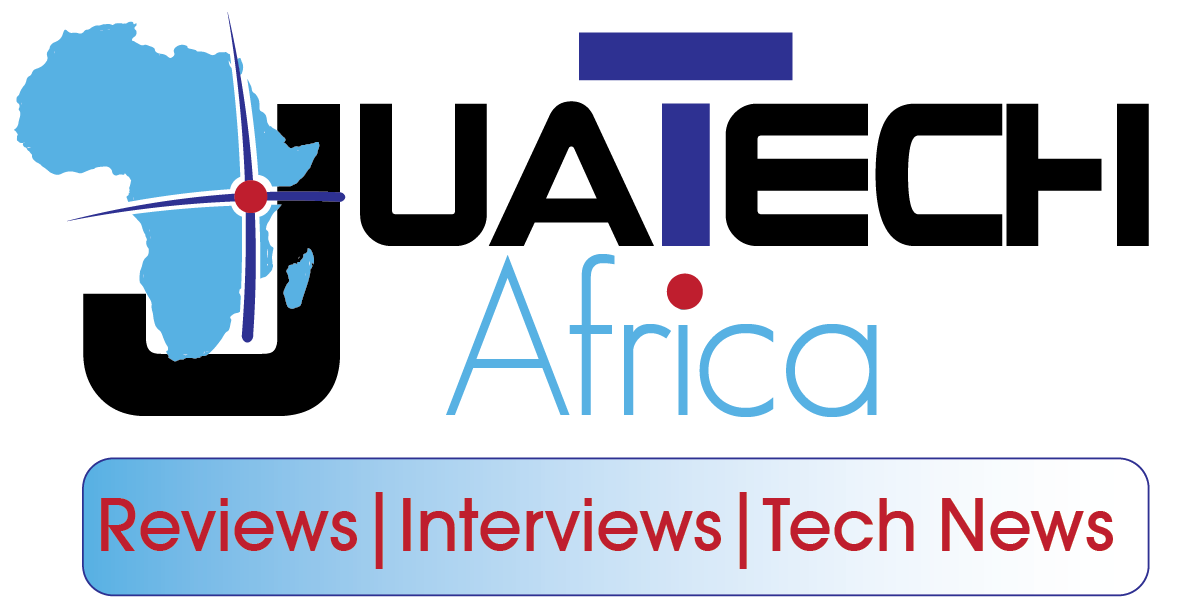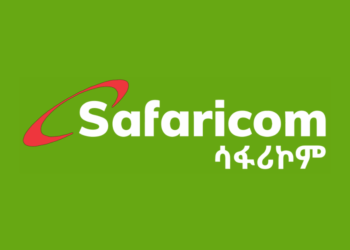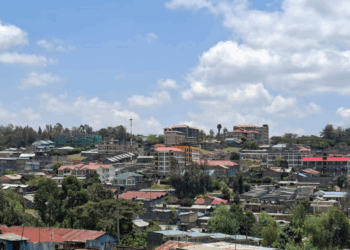How do Tech Founders Navigate Safaricom’s Ecosystem?
Safaricom founder strategy Kenya is no longer a binary choice—it’s a strategic negotiation between control, leverage, and long-term defensibility. For East African founders and tech builders, Safaricom remains the dominant force, commanding 63.3% of Kenya’s mobile market as of Q1 2025, despite a gradual slide from 65.7% in late 2024. Airtel Kenya, its closest competitor, surged to 32.2% market share with over 24.5 million subscriptions, signaling a shifting landscape.
But dominance isn’t just about numbers—it’s about influence. Safaricom’s grip on M-PESA, API access, and distribution infrastructure makes it both a launchpad and a bottleneck. Yet, as we explored in Part 9 of our Safaricom’s Deep Series, this influence comes with friction: pricing opacity, API throttling, and innovation bottlenecks.
Now, in Part 10, we ask: Are there viable alternatives? Airtel Money, while growing, still lacks the ecosystem depth of Safaricom. However, its regional footprint across 14 African countries offers founders a broader canvas. Meanwhile, Safaricom’s bold expansion into Ethiopia—covered in this market entry analysis—shows its intent to scale beyond Kenya, though profitability remains elusive.
If you haven’t read our Safaricom Deep Dive Series, you’re missing the whole arc—from market dominance to strategic tension. This editorial introduces a decision matrix to help founders decode the white elephant in the room—and build with clarity, not compromise.
The Decision Matrix Framework: Control vs Leverage
Safaricom founder’s strategy in Kenya demands more than gut instinct—it requires a structured lens to decode power dynamics, platform dependencies, and strategic trade-offs. This is where the two-axis decision matrix comes in: a tool for founders to map their posture across Control and Leverage.
Axis 1 – Control
Control refers to the extent of autonomy a founder retains over product design, pricing, data ownership, brand identity, and user experience. High control means you dictate the terms. Low control means you’re tethered to Safaricom’s rails, rules, and roadmap.
Axis 2 – Leverage
Leverage is the extent to which Safaricom’s infrastructure—M-PESA, APIs, distribution, and brand trust—accelerates your growth. High leverage can unlock scale, trust, and monetization. Low leverage means slower traction, but greater independence.
The Four Strategic Quadrants
| Quadrant | Description | Ideal Strategy |
| High Control, High Leverage | Strategic partnership with boundaries | API integration, own UX, and billing |
| High Control, Low Leverage | Independent build, full autonomy | Custom wallet, bootstrapped fintech |
| Low Control, High Leverage | Deep integration, limited flexibility | Reseller, embedded partner |
| Low Control, Low Leverage | Risk zone, minimal upside | Overreliance without formal support |
Strategic Implications
Founders must ask: Do I want to scale fast with Safaricom’s muscle—or build slow but own everything? This matrix isn’t theoretical—it’s a strategic compass for Kenyan and African innovators navigating telco terrain. It’s time to move beyond mainstream narratives and build with clarity, not compromise.
Strategic Quadrant Deep Dive: Mapping the Safaricom Founder Strategy in Kenya
The Safaricom founder strategy in Kenya isn’t a one-size-fits-all playbook—it’s a dynamic matrix of trade-offs between control and leverage. Founders must navigate this terrain with clarity, not compromise. Below is a quadrant-by-quadrant breakdown to help you map your strategic posture.
Quadrant 1: High Control, High Leverage
The Strategic Sweet Spot
This quadrant is reserved for founders who negotiate from a position of strength. You retain control over your product, pricing, data, and brand—while tactically leveraging Safaricom’s infrastructure (M-PESA, APIs, distribution) to scale.
Ideal Founder Profile: Visionary builders with technical depth, investor backing, and a clear value proposition.
Pros:
- Fast traction with brand independence
- Access to Safaricom’s rails without lock-in
- Strong investor appeal due to defensibility.
Cons:
- Requires upfront build capacity
- Complex negotiations with Safaricom
- Vulnerable to API throttling or policy shifts
Example: Tingg by Cellulant—a pan-African payments platform that integrates M-PESA while retaining UX, brand, and multi-market control.
Quadrant 2: High Control, Low Leverage
The Independent Builder’s Path
This quadrant suits founders who prioritize autonomy over acceleration. You build your own rails, wallet, and distribution—often bootstrapped or niche-funded.
Ideal Founder Profile: Technical rebels, mission-driven innovators, or ecosystem purists.
Pros:
- Full ownership of product and data
- Freedom to pivot, price, and expand
- No platform dependency
Cons:
- Slower market penetration
- Higher infrastructure costs
- Limited trust without Safaricom’s halo
Example: Pezesha—a credit infrastructure startup that built independently before integrating M-PESA for disbursement efficiency.
Quadrant 3: Low Control, High Leverage
The Embedded Hustler’s Play
This quadrant is for founders who embed deeply into Safaricom’s ecosystem for instant scale—but sacrifice flexibility and brand autonomy.
Ideal Founder Profile: Growth hackers, resellers, or white-label partners chasing reach over control.
Pros:
- Rapid user acquisition
- Built-in trust and distribution
- Lower go-to-market friction
Cons:
- Brand overshadowed by Safaricom
- Limited pricing or UX control
- Vulnerable to platform shifts
Example: M-TIBA—a health payments platform that scaled via Safaricom’s trust but faced data opacity and control challenges.
Quadrant 4: Low Control, Low Leverage
The Risk Zone
This quadrant serves as a cautionary tale, where founders rely on Safaricom without formal support, differentiation, or strategic clarity.
Ideal Founder Profile: Early-stage builders lacking leverage, clarity, or technical depth.
Pros:
- Initial traction via Safaricom’s name
- Perceived legitimacy
Cons:
- No absolute control or scale
- Vulnerable to policy changes
- Difficult to raise capital or retain users
Example: Unnamed startups built on USSD or SIM toolkit with no formal Safaricom partnership—often abandoned or absorbed.
This quadrant map isn’t static—it evolves with market shifts, telco policies, and founder leverage. As Safaricom expands into Ethiopia and Airtel gains ground regionally, the matrix becomes even more critical for Kenyan and African tech founders.
Rewards of Strategic Leverage
While the risks of building with Safaricom are real, the Safaricom founder strategy also unlocks powerful advantages—especially for founders who know how to leverage without losing control. When used intentionally, Safaricom’s infrastructure becomes a strategic multiplier, not a dependency trap.
Instant Trust
Safaricom commands 63.3% of Kenya’s mobile market and remains the most trusted brand across urban and rural demographics. For founders, integrating M-PESA or Safaricom APIs signals legitimacy—compressing the time it takes to build user trust, regulatory goodwill, and partner confidence. In sectors such as fintech, healthtech, and edtech, this trust is a valuable currency.
Distribution Scale
Safaricom’s footprint spans every county, every device, and every income bracket. From USSD and STK menus to app integrations and agent networks, its distribution rails offer instant access to millions. Startups like Shupavu291 and M-TIBA scaled rapidly by embedding into Safaricom’s channels—bypassing costly user acquisition campaigns and unlocking national reach.
M-PESA Monetization
M-PESA processed over 2.2 billion transactions worth KES 1.3 trillion in Q1 2025. For founders, this is more than infrastructure—it’s a monetization engine. Whether through microtransactions, pay-as-you-go models, or embedded payments, plugging into M-PESA means instant access to Kenya’s dominant financial layer.
Investor Confidence
Strategic leverage signals maturity. VCs and institutional investors often favor startups with Safaricom integrations—especially those in Quadrant 1 of our decision matrix. It shows traction, infrastructure readiness, and market fit. When paired with control, it boosts valuation and investor appetite.
Used wisely, Safaricom’s scale becomes a launchpad—not a leash. Next, we explore real-world case studies that bring this matrix to life.
Real-World Case Studies: How Founders Navigate Safaricom’s Ecosystem
To truly understand the Safaricom founder strategy in Kenya, we must move beyond theory and into the trenches—where real founders make real decisions. These case studies showcase how three startups—Tingg, M-TIBA, and Pezesha—have navigated Safaricom’s infrastructure with varying degrees of control and leverage. Each offers a blueprint, a warning, or a breakthrough.
Tingg by Cellulant: Strategic Leverage Without Losing Control
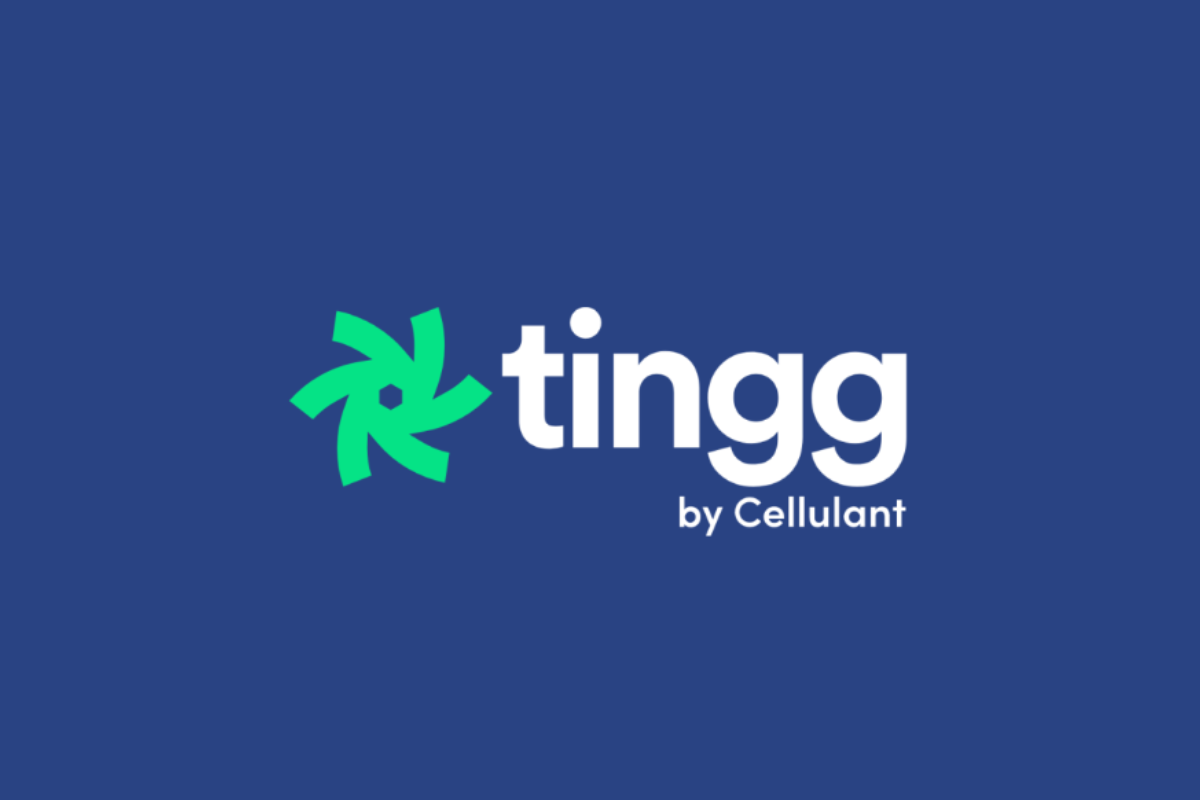
Tingg is a digital payments platform developed by Cellulant, a pan-African fintech operating in over 18 countries. In Kenya, Tingg connects banks, merchants, and consumers through a unified payments interface. It integrates M-PESA and Pesalink, but crucially, retains complete control over its user experience, merchant onboarding, and data flows.
This is a textbook Quadrant 1 play—high leverage, high control. Tingg uses Safaricom’s rails to scale, but never surrenders its brand or backend. Merchants transact via Tingg, not through Safaricom-branded portals. The result? Pan-African scalability, investor-grade infrastructure, and defensible positioning.
M-TIBA: Trust-Led Scale, But Data Vulnerabilities
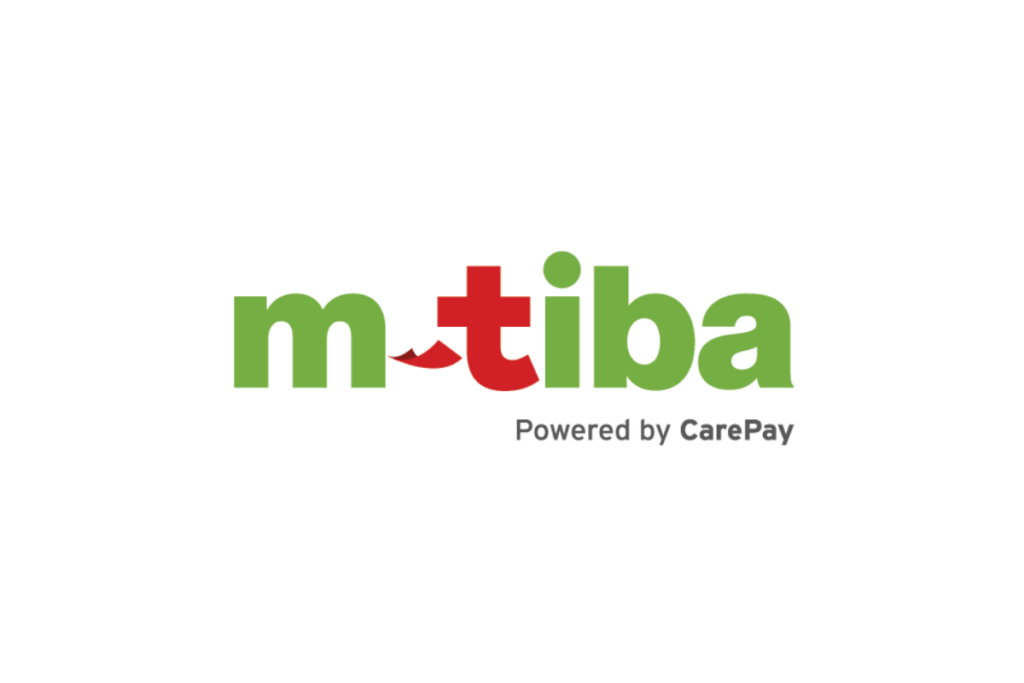
M-TIBA is a mobile health wallet that enables Kenyans to save, send, and spend funds specifically for healthcare purposes. Backed by Safaricom, it scaled rapidly by embedding into USSD and STK menus—channels trusted by millions. Over 4.8 million users adopted the platform, drawn by Safaricom’s halo.
But this deep integration came at a cost. In October 2025, M-TIBA suffered a 2.15TB data breach, exposing sensitive medical records. The incident highlighted the dangers of data opacity and the limitations of infrastructure control. M-TIBA’s success was built on trust—but its vulnerability stemmed from over-reliance.
This is a classic Quadrant 3 case: high leverage, low control – fast scaling, but fragile foundations.
Pezesha: Independent Build, Strategic Integration
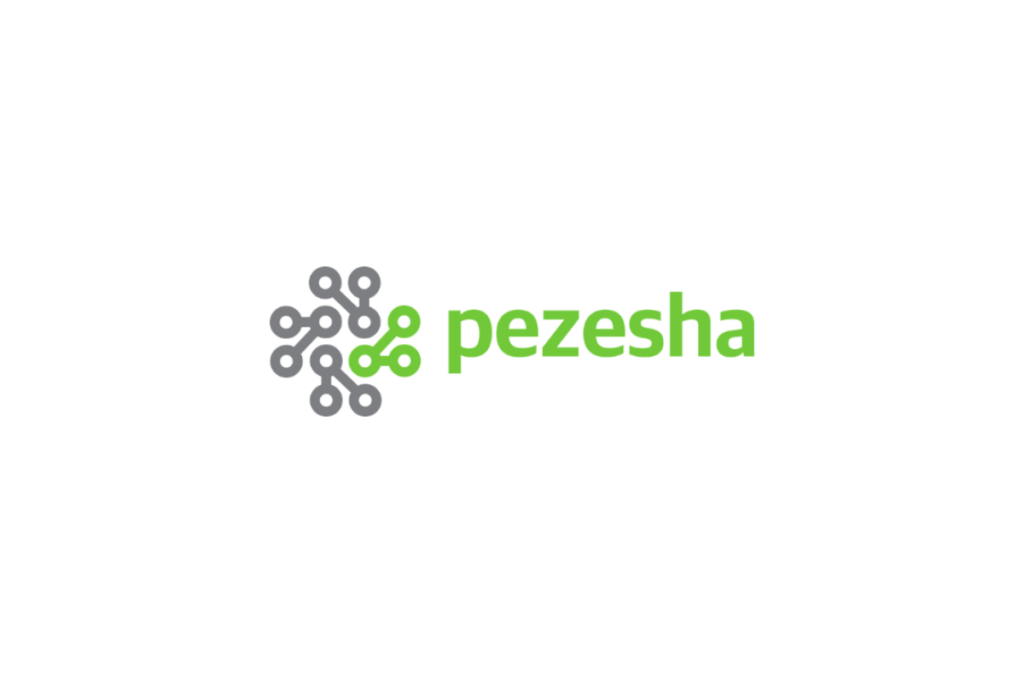
Pezesha began as a bootstrapped credit infrastructure for MSMEs, building its own scoring engine and distribution rails. It served over 200,000 SMEs and disbursed more than 400,000 loans before integrating with Safaricom.
The turning point came with Mkopo wa Pochi, a lending service via M-PESA business wallets. Pezesha retained its core infrastructure while selectively integrating with Safaricom for monetization and expansion.
This is Quadrant 2 in action: high control, low initial leverage—later upgraded through strategic integration. Pezesha’s model offers autonomy, regional scalability (Kenya + Uganda), and investor confidence without complete dependency.
These case studies prove the matrix is alive. Founders must choose their quadrant with intention—not inertia. Up next: strategic takeaways to help you map your own path.
Strategic Takeaways for Founders
The Safaricom founder strategy in Kenya is not a default—it’s a deliberate posture. Founders must approach Safaricom’s infrastructure with precision, not passivity. Here’s how to build with clarity, protect your edge, and choose your quadrant wisely.
Build Leverage Before Partnership
Don’t integrate prematurely. Build traction, validate your product, and establish leverage before approaching Safaricom. Tingg by Cellulant scaled across 18 African markets before integrating M-PESA—negotiating from a position of strength, not dependency. Founders in Quadrant 1 succeed because they own their funnel before plugging into Safaricom’s rails.
Diversify Dependencies
Safaricom may dominate Kenya, but Airtel now commands 32.2% market share and operates in 14 African countries. MTN spans even more. Pezesha built its own credit infrastructure before selectively integrating M-PESA—retaining autonomy while unlocking scale. Regional scalability demands multi-rail architecture, not local lock-in.
Protect Brand and Data
Your brand is your moat. Your data is your fuel. M-TIBA’s 2025 breach exposed over 2.15TB of sensitive health records, revealing the cost of data opacity. Founders must demand API transparency, own their UX, and build governance into their stack.
Use the Matrix to Map Your Startup
The Control vs Leverage matrix isn’t theoretical—it’s a living tool. Whether you’re bootstrapping, scaling, or fundraising, use it to map your posture, risks, and strategic options. Don’t drift into dependency. Choose your quadrant with intention.
Safaricom’s scale is real. But your strategy must be sharper. The future belongs to founders who negotiate—not conform.
JuaTech Africa’s Verdict & Call to Action
The Safaricom founder strategy in Kenya is no longer a default—it’s a strategic lens for building with clarity, control, and conviction. Whether you’re bootstrapping a fintech, scaling a healthtech, or launching a pan-African SaaS, the Control vs Leverage matrix helps you map your posture, negotiate partnerships, and protect your edge.
Now is the time to act. Reflect on your quadrant. Audit your dependencies. Reclaim your brand and data. Then build with intention—not inertia.
To go deeper, explore JuaTech Africa’s founder tools and guides—crafted to help you scale smarter, negotiate better, and build defensible startups. Subscribe to the JuaTech Africa Newsletter for weekly insights, founder frameworks, and exclusive interviews.
Join the growing JuaTech Africa Community on TikTok, LinkedIn, X, and Instagram—and engage in the ongoing techonversations shaping Kenya and Africa’s digital future.
Your quadrant is your compass. Use it. Own it. Build boldly.

